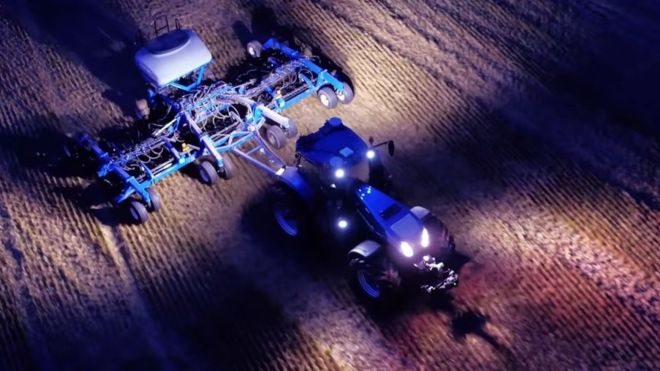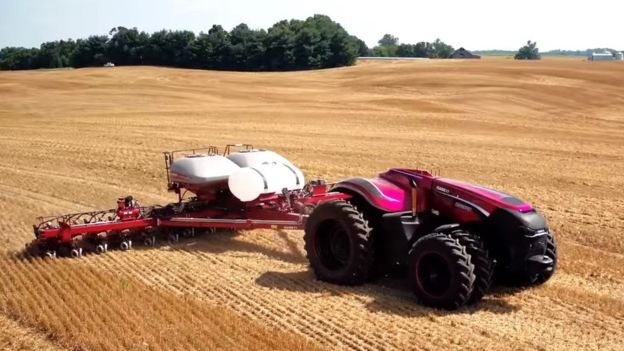The world needs to produce more food to feed a growing population, but is automation and sensor technology the answer?
In the not-too-distant future, our fields could be tilled, sown, tended and harvested entirely by fleets of co-operating autonomous machines by land and air.
And they’ll be working both day and night.
Driverless tractors that can follow pre-programmed routes are already being deployed at large farms around the world.
Drones are buzzing over fields assessing crop health and soil conditions. Ground sensors are monitoring the amount of water and nutrients in the soil, triggering irrigation and fertiliser applications.
And in Japan, the world’s first entirely automated lettuce farm is due for launch next year.
The future of farming is automated.
Food shortages, big business
The World Bank says we’ll need to produce 50% more food by 2050 if the global population continues to rise at its current pace.
But the effects of climate change could see crop yields falling by more than a quarter.
Source: In the future, will farming be fully automated? – BBC News




